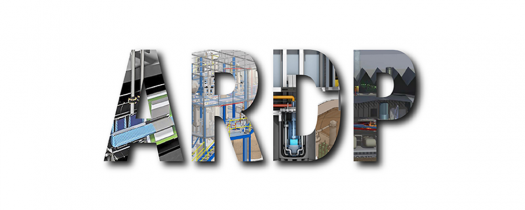Part 2 of 2 Parts (Please read Part 1 first)
Hermes Reduced-Scale Test Reactor
Kairos Power is collaborating with ORNL, INL, the Electric Power Research Institute (EPRI) and the Materion Corporation to deliver Hermes which is a scaled-down version of the company’s KP-FHR commercial reactor. This reactor utilizes a TRISO fuel pebble bed design with a liquid fluoride salt coolant. This cooling system efficiently transfers heat from the fuel to produce power. The 140-megawatt electric commercial design will operate at lower temperatures than the most advanced reactors. It also offers high availability with online refueling. Hermes is expected to be operational by 2026 and will be demonstrated in Oak Ridge, Tennessee.
Holtec SMR-160 Reactor
Holtec is collaborating with Kiewit Power Constructors, Framatome, Mitsubishi Electric Power Products, Western Services Corporation and INL in order to complete the early-stage research and power plant development work needed to demonstrate its advanced light-water SMR. The 160-megawatt electric design can be adapted to use air-cooled condensers on its secondary side. This will allow it to be deployed in the most arid regions of the globe. Holtec has excellent manufacturing capabilities and can fabricate the majority of its components here in the U.S. They plan to demonstrate their reactor at the Oyster Creek site in New Jersey. This will be done after that plant has been decommissioned.
Molten Chloride Reactor Experiment
Southern Company intends to build and operate a small reactor experiment based on TerraPower’s molten chloride fast reactor (MCFR) technology. The MCFR can be scaled up for commercial use on the electrical grid and could flexibly operate on multiple fuels. This ability will include using spent nuclear fuel from other reactors. Southern Company will collaborate with TerraPower, CORE-POWER, Orano and EPRI, in addition to other private companies, labs and universities to design and build the world’s first fast-spectrum salt reactor. MCFR technology transfers heat with incredible efficiency and can be used for thermal storage, process heat or electricity production. The molten chloride reactor experiments will inform the design, license and operation of a demonstration reactor. It is expected to be operational in the next five years.
Development of New Concepts
ARDP plans to use the National Reactor Innovation Center at the INL to efficiently test and assess these new technologies by providing access to the world-renowned capability of our national laboratory system. In addition to these five designs, the DoE will also award twenty million dollars to less mature but novel advanced reactor designs later this month. This funding will further support their concept development in order to demonstrate these promising reactors by the mid-2030s.
These aggressive timelines are needed to ensure the U.S. takes full advantage of the advanced reactor market that’s expected to be worth billions of dollars. This is why the DoE plans to invest more than six hundred million in these projects over the next seven years. This, of course, depends on the availability of future appropriations by Congress.
These advanced reactors have the potential to create thousands of domestic jobs, grow our economy and lower emissions at the same time. By pursuing a diverse fleet of U.S. reactors, the DoE can help reestablish U.S. global leadership in the technology that we first developed.
The DoE believes that the U.S. has the best innovators and technology in the world to solve the most pressing environmental and energy challenges.
